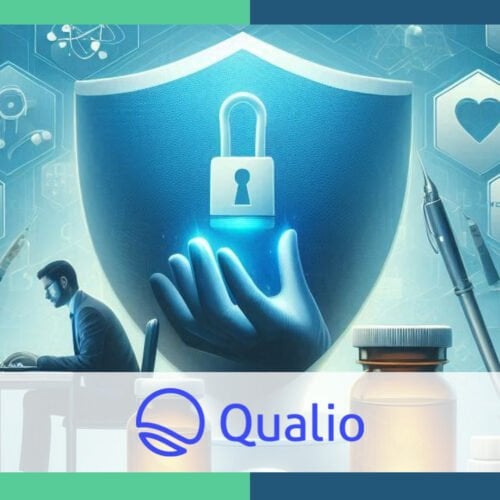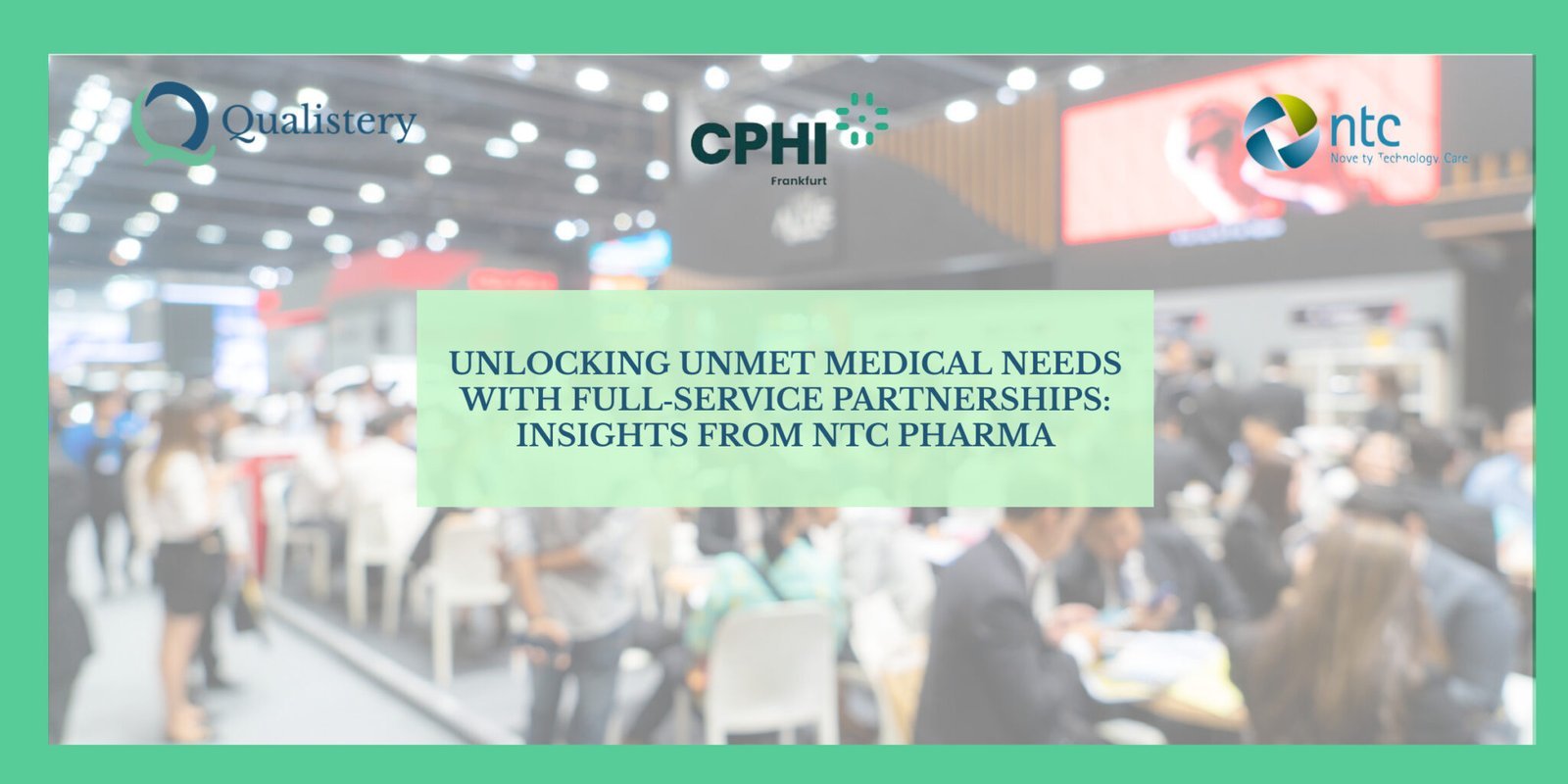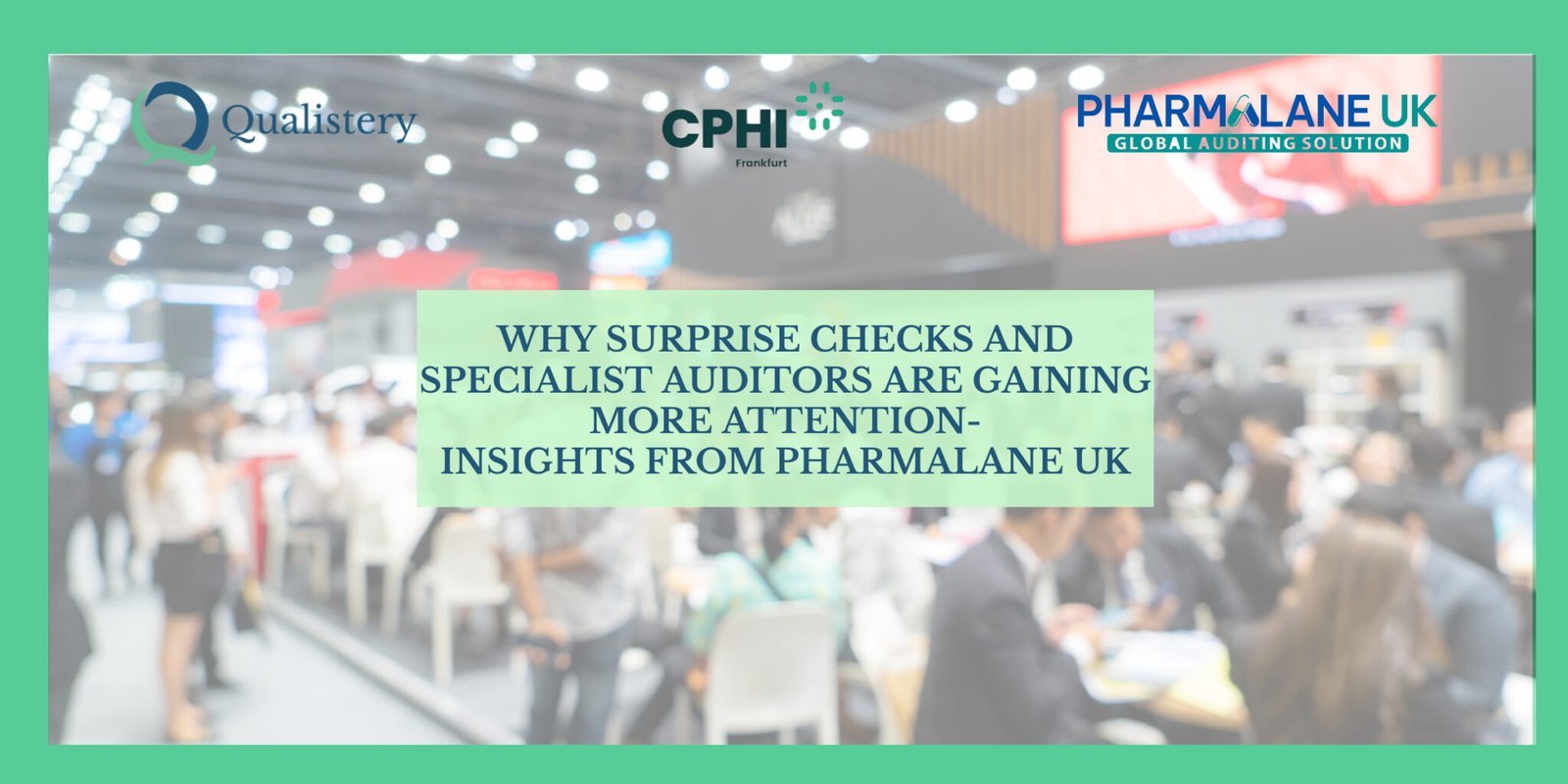Introduction
The European Union, home to over 447 million residents, boasts a robust healthcare system and a significant part of that revolves around the trust placed in medicinal products. Yet, this trust has been seriously challenged. Contrary to the common belief that counterfeit medicines predominantly plague low- and middle-income nations, the European landscape tells a different story.
For instance, in 2012, counterfeit versions of Avastin, devoid of its essential active ingredient, infiltrated the European and U.S. markets. Instead of receiving potential life-saving cancer treatment, patients were administered a medicine without therapeutic benefit. Investigations traced these falsified batches to a UK distributor with ties to Egypt.
Similarly, in 2014, stolen batches of Herceptin from Italian hospitals surfaced in Finland, Germany, and the UK, with some either lacking or having diluted active ingredients. These episodes highlight the life-threatening dangers that thousands face annually due to counterfeit medicines.
In response to this, Directive 2001/83/EC was designed to create an EU-wide framework guaranteeing the safety, efficacy, and quality of medicinal products for humans. Although it highlights the need for safety features in Article 54(o) to authenticate drugs, it falls short in offering an exhaustive approach to tackle medicine falsification.
To address this gap, the EU rolled out two pivotal legislations: the Directive 2011/62/EU and the Delegated Regulation 2016/161/EU. These legislative efforts were crafted to combat falsified medicines, offering rigorous methods to ascertain medicinal authenticity, improve traceability, and ensure the unbroken integrity of products throughout the supply chain.
Directive 2011/62/EU: A Closer Look
In a world ever-evolving with technology and global commerce, the pharmaceutical industry is not exempt from challenges, both new and old. One of these challenges, as noted earlier, is the falsification of medicines, which poses a significant threat to public health and safety. In response to this growing concern, the European Commission (EC) stepped in to fortify the defences of the European Union’s medicinal market.
A Brief History: The Why Behind Directive 2011/62/EU
Concerns about these falsified products and their seamless integration into legitimate supply chains pressed the European Commission into action. The Directive 2011/62/EU, often referred to as the “Falsified Medicines Directive” (FMD), was established to combat the infiltration of falsified medicines into the legal supply chain. The directive’s prime goal was to ensure patient safety by introducing harmonized, EU-wide measures that would ensure the authenticity of medicinal products within the EU borders.
Decoding the Key Articles of Directive 2011/62/EC
While the directive consists of numerous articles, a few stand out in terms of their criticality:
Article 54(a):
“1. Medicinal products subject to prescription shall bear the safety features referred to in point (o) of Article 54 unless they have been listed in accordance with the procedure pursuant to point (b) of paragraph 2 of this Article.”
“2. The Commission shall adopt, by means of delegated acts in accordance with Article 121a and subject to the conditions laid down in Articles 121b and 121c, measures supplementing point (o) of Article 54 with the objective of establishing the detailed rules for the safety features referred to in point (o) of Article 54.”
In simple terms, Article 54(a) point one of the Directive 2011/62/EC states that prescription medicines must have specific safety features (as described in Article 54, point (o)). The second section of the article states that the Commission will use a specific process (called delegated acts) to set detailed guidelines about the safety features mentioned in point (o) of Article 54. This other regulation is the famous Delegated Regulation (EU) 2016/161. This means the Commission has the responsibility to provide the specific rules for these safety features.
As we delve further into the text, it becomes explicitly clear what those safety features entail. Specifically, the directive mandates two crucial components for ensuring product safety: a unique identifier and an anti-tampering device.
Article 80:
“Holders of the distribution authorization must fulfil the following minimum requirements:
(a) …they must verify that the medicinal products received are not falsified by checking the safety features on the outer packaging…”
In simple terms, Article 80 says that those who have permission to distribute medicines have to follow some basic rules. One of these rules is that they need to check the safety features on the medicine’s outer packaging to make sure the medicines have not been falsified.
In essence, this section meticulously outlines the foundation for packaging safety measures within the pharmaceutical realm of the EU. By introducing pioneering concepts like the unique identifier and the anti-tampering device it elevates the standards of medicinal product integrity. This directive lays the foundation, setting the stage for the more detailed Delegated Regulation 2016/161 that follows.
Delegated Regulation 2016/161: Strengthening the Defense Against Falsified Medicines
The Delegated Regulation 2016/161 represents a meticulous advancement in the realm of pharmaceutical safety within the European Union. Building upon the foundational principles laid out in Directive 2011/62/EC, this regulation delves deeper, crystallizing and expanding on the concepts previously introduced. Its primary purpose is to elaborate on the measures necessary to ensure the integrity and authenticity of medicinal products, addressing the intricate nuances of the challenges at hand.
Breaking Down the Principal Articles of the Delegated Regulation 2016/161
Article 3:
“(a) ‘unique identifier’ means the safety feature enabling the verification of the authenticity and the identification of an individual pack of a medicinal product;
(b) ‘anti-tampering device’ means the safety feature allowing the verification of whether the packaging of a medicinal product has been tampered with;
(c) ‘decommissioning of a unique identifier means the operation changing the active status of a unique identifier stored in the repositories system referred to in Article 31 of this Regulation to a status impeding any further successful verification of the authenticity of that unique identifier;
(d) ‘active unique identifier’ means a unique identifier which has not been decommissioned or which is no longer decommissioned;”
In the Delegated Regulation 2016/161, a “unique identifier” is like a special “barcode” on each medicine pack that verifies it’s genuine. An “anti-tampering device” is a feature on the medicine’s packaging that shows if someone has tampered or opened the pack, indicating its integrity has been compromised.
“Decommissioning a unique identifier” means disabling its special “barcode” to prevent it from being scanned as genuine, signifying that the medicine has already been dispensed. Conversely, an “active unique identifier” represents a medicine that remains unused.
Article 4:
“(a) The unique identifier shall be a sequence of numeric or alphanumeric characters that is unique to a given pack of a medicinal product.
(b) The unique identifier shall consist of the following data elements:
(i) a code allowing the identification of at least the name, the common name, the pharmaceutical form, the strength, the pack size and the pack type of the medicinal product bearing the unique identifier (‘product code’);
(ii) a numeric or alphanumeric sequence of a maximum of 20 characters, generated by a deterministic or a non-deterministic randomisation algorithm (‘serial number’);
(iii) a national reimbursement number or other national number identifying the medicinal product, if required by the Member State where the product is intended to be placed on the market;
(iv) the batch number;
(v) the expiry date.
(goes on)”
Article 4 describes the characteristics of the “unique identifier” and the information it must store. This is essentially a code made up of letters or numbers that no other pack possesses. Within this code, there’s information about the medicine, such as its name, its form (like whether it’s a pill or liquid), its strength, and so on.
Articles 5 and 6 elaborate on the “unique identifier,” depicting it as a two-dimensional barcode for machine readability. This barcode should adhere to international standards regarding its design, content, and print quality.
The article 7 ensures that vital details of the unique identifier are not only encoded within a machine-readable barcode but are also visibly printed on the medicinal packaging. This means the product code, serial number, and any national identification numbers should be present in a format easily readable by anyone. Such a provision ensures transparency and allows any individual to monitor and verify the product details.
Article 10:
“When verifying the safety features, manufacturers, wholesalers, and persons authorised or entitled to supply medicinal products to the public shall verify the following:
(a) the authenticity of the unique identifier;
(b) the integrity of the anti-tampering device.”
Manufacturers, wholesalers, and authorized individuals must check both the unique identifier’s authenticity and the anti-tampering device’s integrity before selling the medicine.
Article 11:
“When verifying the authenticity of a unique identifier, manufacturers, wholesalers and persons authorised or entitled to supply medicinal products to the public shall check the unique identifier against the unique identifiers stored in the repositories system referred to in Article 31. A unique identifier shall be considered authentic when the repositories system contains an active unique identifier with the product code and serial number that are identical to those of the unique identifier being verified.”
When manufacturers, wholesalers, or anyone else allowed to supply medicines needs to confirm that a product’s unique identifier is genuine, they should compare it with the unique identifiers in a central database.
If the database has an active identifier that matches both the product code and serial number of the product they’re checking, then the product is considered authentic.
Article 18:
“Where a manufacturer has reason to believe that the packaging of the medicinal product has been tampered with, or the verification of the safety features shows that the product may not be authentic, the manufacturer shall not release the product for sale or distribution and shall immediately inform the relevant competent authorities.”
This article clarifies what happens if a manufacturer suspects the medicinal product’s packaging has been tampered with or its safety features indicate possible inauthenticity; they must not distribute it and should promptly notify the appropriate authorities.
Delegated Regulation 2016/161 provides a detailed roadmap for enacting the safety protocols outlined in Directive 2011/62/EU. It equips every participant in the medicinal supply chain, from manufacturers to consumers, with the means and understanding to combat falsified medicines, thereby safeguarding the trust and well-being of EU citizens.
Conclusion: Transformative Shifts in Pharmaceutical Packaging and Counteracting Falsification
The pharmaceutical landscape of the European Union has undergone a significant metamorphosis over the past decade, largely propelled by the introduction of Directive 2011/62/EU and Delegated Regulation 2016/161/EU. These two regulatory instruments, meticulously designed by the European Commission, have played pivotal roles in reshaping how medicinal products are packaged, tracked, and authenticated within the EU’s borders.
Prior to these regulations, the EU faced a daunting challenge: the insidious penetration of falsified medicines into its markets, posing grave risks to public health. However, with the implementation of Directive 2011/62/EU, the foundation was laid for introducing harmonized safety measures across member states. This directive highlighted the necessity for unique identifiers and tamper-evident features, forging the first line of defence against counterfeit drugs.
The Delegated Regulation 2016/161 serves as a comprehensive elaboration on the foundational directives set by 2011/62/EC and 2001/20/EC. It meticulously details the specific requirements and standards for implementing the unique identifier and anti-tampering device concepts introduced earlier. By doing so, it provides clarity and direction on the practical aspects of safeguarding the integrity and authenticity of medicinal products, ensuring both safety and compliance. Moreover, the inclusion of tamper-evident seals empowered consumers by offering them visible assurance of their medicine’s integrity.
Beyond just technical enhancements in packaging, these regulations have catalyzed a more profound change: a cultural shift towards heightened awareness and vigilance. By mandating public awareness campaigns and emphasizing the roles of wholesalers and healthcare professionals, a collective consciousness has been fostered where every stakeholder in the medicinal supply chain actively participates in ensuring product authenticity.
In summary, the pharmaceutical industry of the EU today stands as a testament to proactive governance and collaborative action. While challenges persist, the robust frameworks offered by Directive 2011/62/EU and Delegated Regulation 2016/161/EU have significantly minimized the shadows where falsified medicines once lurked. The beneficiaries of these regulatory triumphs are, ultimately, the millions of EU citizens who can now place unwavering trust in the medicinal products they consume.
And that’s just the beginning – Hungry for insights on Packaging Safety Regulations and cutting-edge anti-counterfeiting tech? Join our latest webinar on package security in the pharmaceutical realm!

Qualistery provides life‑science professionals with concise, practical GxP and cGMP learning through expert‑led webinars and tailored training, helping teams make safer, more compliant decisions. We deliver these sessions in partnership with trusted solution providers, combining real‑world insights and actionable guidance with targeted outreach to the right decision‑makers.







